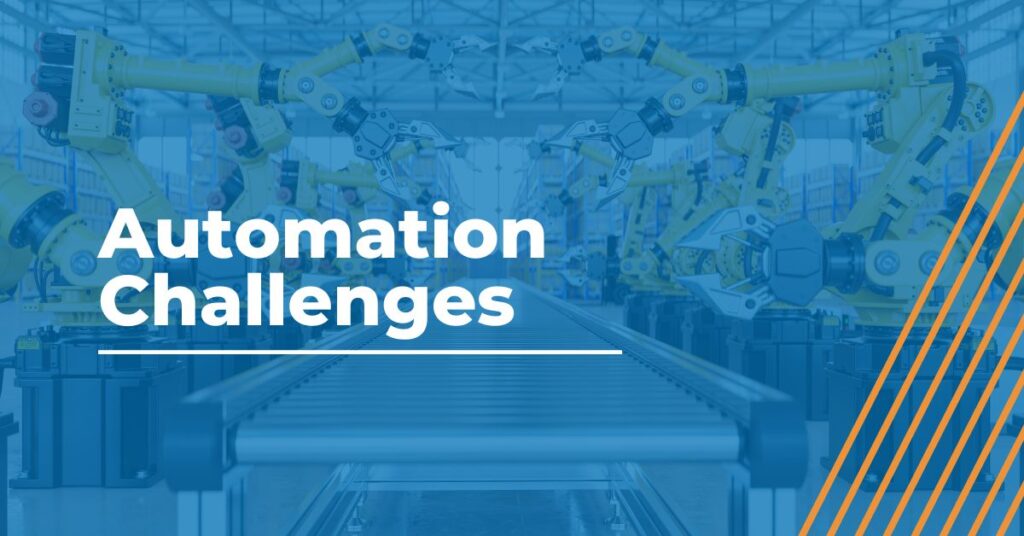
The Challenges of Automated Manufacturing Systems
Automated manufacturing systems have become increasingly more effective in many aspects of the manufacturing process. They provide benefits such as higher productivity, lower labor costs, better quality control and increased safety for employees. That being said, there are bound to be some challenges when it comes to the implementation of industrial automation solutions.
While the beginning and the end of the manufacturing process are very highly automated, the middle stages involve some more complex issues, specifically in the assembly process. Let’s discuss a few of those possible challenges further.
Interference and Collisions Between Robotic Systems
In the assembly process, multiple components are handled simultaneously. This can pose some challenges, especially when the automated manufacturing systems are the ones doing the handling. One challenge that may arise is the interference or collision between two different systems as they handle the same components. Furthermore, transferring parts from one system to another carries the risk of collisions between the two. But even with these challenges, there are many ways to prevent problems arising.
There are algorithms that implement collision detection. The technology can sense the proximity between the two systems to avoid collisions. Additionally, proper planning by the manufacturers can help create a proper layout that optimizes the teamwork of the automated manufacturing systems. Finally, it is essential to implement the proper supervision and maintenance of these machines.
The Automated Manufacturing Systems’ Ability to Properly Align Parts
The assembly of parts is a complex and precise process, and robotic arms have some inherent limitations compared to the abilities of human hands. Our hands and fingers possess a unique nonlinear stiffness, allowing for precise alignment and handling of parts. Automated manufacturing systems and robotics come with the challenge of trying to replicate these properties.
Today’s robots can now implement aspects such as soft grippers, tactile feedback and force-sensing to help bridge the gap between human fingers and robotic arms. These advancements help improve the ability of automated manufacturing systems to align parts precisely.
Have More Questions?
We have discussed some of the challenges that can arise in the assembly process, as well as potential solutions. If you are facing challenges with the implementation of automated manufacturing systems, we encourage you to contact us or book a virtual meeting to talk about how we can help solve your manufacturing problems.
